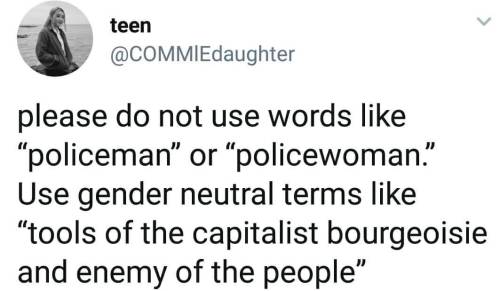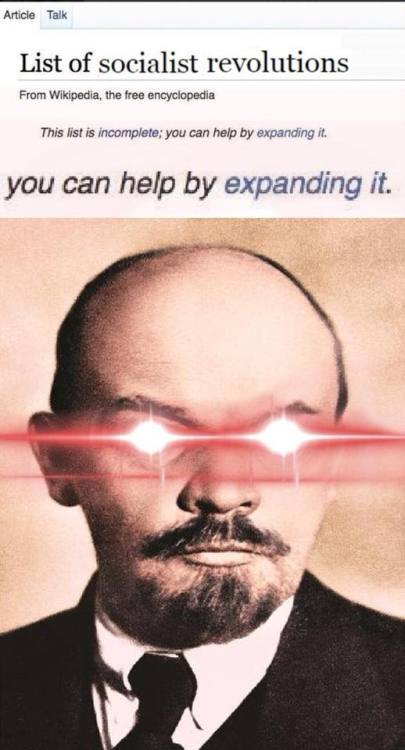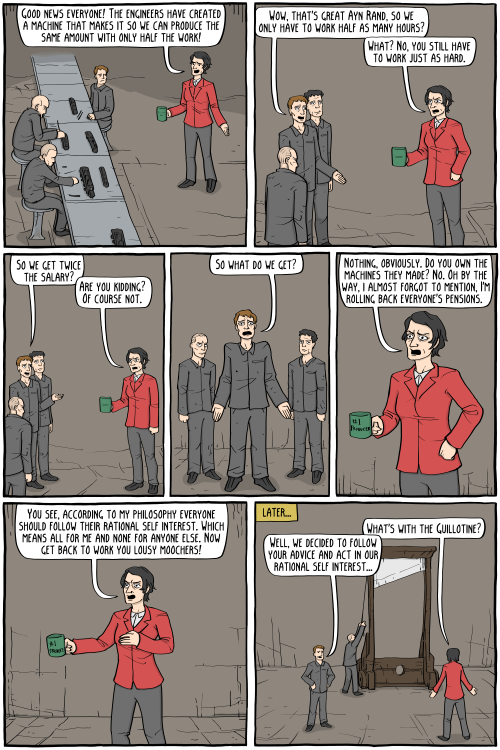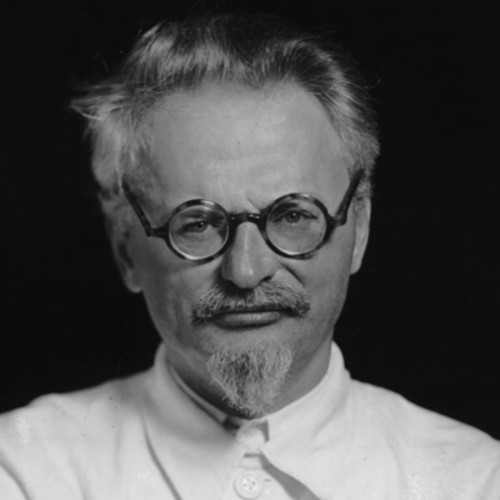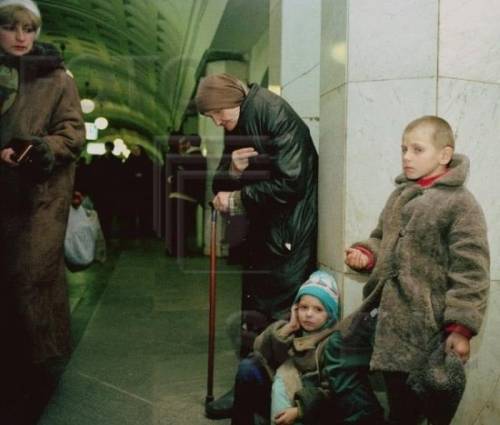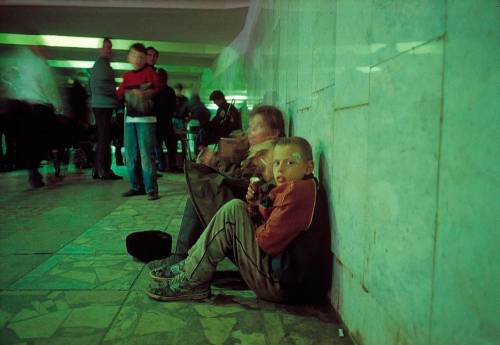#karl marx
Are You A Socialist?
According to a recent Gallup Poll, 49% of Americans 18-35 have a favorable view of socialism. Where do you stand? Are you a socialist – even though you may not even realize it? QUIZ here and post the results in the comments
Post link
http://content.time.com/time/subscriber/article/0,33009,770539,00.html
While Trotskyism and permanent revolution are flawed ideologies that should be opposed by any rational Marxists, our comrade has a great analysis on the bread and circuses employed in a capitalist society to tranquilize the workers and masses in an industrialized society. This is in no way shape or form an advocacy of Trotskyism.
“Capital does not like the working man to think and is afraid….It has therefore adopted measures. … It has put up automats in each station and has filled them with disgusting candied gum. With an automatic movement of the hand the people extract from these automats pieces of sweetish gum, and they grind it with the automatic chewing of their jaws… . It looks like a religious rite, like some silent prayer to God-Capital.“
Haha leftist communist KFC man says bubble gum machine bad. Except, this same phenomenom can be seen within parasocial relationships practiced between the proletariat and figures such as instagram influencers, twitch streamers, youtubers, and aspects of pop culture. It is remarkable how coping mechanisms such as gaming and participation of social media can be seen as a modern kafkaesque religious ritual.
Post link
Yeah, it was absolutely true. Many colleges, Ivy League and not, had quotas for Jewish attendance. This mostly became an issue in the interwar period.* While Jews had been emigrating to the US for several hundred years, since the first settlement of what is now New York, a massive wave of Eastern European Jewish emigration began in 1881 and continued in full force until (and to an extent through) World War I. In the 1920s, this ended due to racist, eugenicist influences on Congress- draconian immigration laws were enacted in 1924 to drastically limit immigration particularly of poor and “less white” people, like Jews, Italians, and Greeks, by basing the permitted immigration on numbers from 1890, when relatively few had emigrated. However, by the 1920s, colleges felt like they were facing a different problem- second-generation advancement. Jews who had arrived since 1881 had come with little to no English and relatively little education in general, but especially given the emphasis on assimilation and the “melting pot” which their children received in schools and settlement houses, the children of immigrants were far more Americanized, and their parents pushed them toward academic success. By 1915, for example, about 40% of students at Columbia were Jewish (either immigrants or first generation Americans)- ironically due to the fact that Columbia had made it easier for them to get in as public school students by basing admissions on standardized tests.
College administrators were not happy about this, so they decided to do something about it.
Examples:
In 1922, Harvard implemented a 10% quota for Jews in order to prevent a “Jewish problem,” in the words of its president, A. Lawrence Lowell. He rationalized this by saying that he wanted to decrease potential antisemitism on campus.
Harvard also changed its admission system from an entrance exam (which favored studious Jews from the well-performing NYC public school system, who generally succeeded) to a system in which they accepted students from the top seventh of their class regardless of their score on the exam. This favored students in other parts of the country who had received lower quality education, and had the additional “benefit” of reducing the number of Jewish accepted students.
In the 1920s, Columbia basically invented the modern college application form. Why? So that they could weed out Jewish (and potentially other undesirable) applicants. Knowing that many Jews changed their names to hide their Jewishness, these forms required that past names be listed and also asked for country of origin, mother’s maiden name, and social organizations. And you know those questions about extracurriculars? Those were also invented for this purpose, as a measure of “character”- with character meaning “not Jewish.” Jews were known for being studious and “greasy,” not participating in all of the typically WASPy social concerns, and so by making “character” a requirement they were able to eliminate Jews from the pool. Nicholas Murray Butler, when discussing the more limited admission of Jews, stated that there had been no conscious effort to eliminate Jews- after evaluating the application forms, Jews were simply among “the lowest grade of applicant,” this despite the fact that so many had previously been accepted on the basis of grades.Harvard soon followed suit in using an application form, and many other colleges adopted it in the coming years.
While universities like Princeton had been interested in making a quota, it took Harvard and Columbia making the first move for them to implement one, along with colleges like Barnard, Yale, Duke, Rutgers, Adelphi, Cornell, Johns Hopkins, Northwestern, Penn State, Ohio State, Washington and Lee, the Universities of Cincinnati, Illinois, Kansas, Texas, Minnesota, Virginia, and Washington, and the Bronx campus of NYU.
Colgate University kept six Jews enrolled specifically in order to counter charges of antisemitic admissions.
Syracuse University housed Jews separately from other students and had a KKK branch on campus.
Sarah Lawrence College had a question on its application about whether applicants had been raised with “strict Sunday observance.”
-Even as late as 1945, Dartmouth retained a quota for its Jews, citing its status as a Christian college for Christian men.
- If a Jew WAS accepted to an elite university, he (they were generally not coeducational yet) could expect not to be accepted into university culture. The social clubs and fraternities which made these colleges one big boys’ club did not let Jews among their number. They were often considered to lack college spirit, be physically repulsive, not drink enough, be brown-nosers, and not participate in sports enough, as well as to raise the academic standard too high. They were also considered to be below the appropriate level of social class and standing.
-At Brown University, Jewish students were barred from fraternities, but also barred from creating their own fraternity, purportedly to prevent antisemitism.
At the US Naval Academy at Annapolis, the page with the number two ranking cadet, who happened to be Jewish, was perforated so that those who desired could remove it without defacing the volume.
Even at universities which accepted small numbers of Jews, almost no Jews would be accepted as college professors. Fewer than 100 Jews were hired as faculty throughout the country, and nearly all under protest or some kind of special circumstance, with the caveat that they didn’t usually hire Jews.
Graduate programs admitted few Jews, using as the pretext the fact that they would never be hired as university faculty.
Despite all this, Jews continued in their quests for education, becoming 9% of college students despite being 4% of the general population. They were also nearly half of the total number of college students in New York City. They generally matriculated at City College of New York (called by some the “cheder [religious school] on the hill”) or NYU’s downtown campus (nicknamed “New York Jew”). In 1920, CCNY and Hunter College (the women’s college) had 80-90% Jewish student bodies. CCNY had been the first college to create a Jewish fraternity, ZBT, which stood for Zion Bemishpat Tipadeh, or Zion Shall Be Redeemed With Judgement. Even there, there were few Jewish faculty members- for example, there were only four at CCNY. By the 1930s, there were still only 5, and CCNY was faced with charges of antisemitism in their hiring.
There were absolutely protests of this practice. There was an outcry, for example, when Columbia implemented its application form. However, for the most part, Jews preferred not to attend colleges where they would be social outcasts and often (especially those who already lived in NY) actively chose schools like CCNY/Hunter College and NYU (and initially Columbia) as they were close to home and would provide a more Jewish-friendly environment. In general, especially in the 1930s and 40s, the US was a pretty antisemitic place (I touch on this here). For example, in a poll in the 1940s, 45% of college students said they would not want to be roommates with a Jew. The end of the practice of Jewish quotas wasn’t so much due to outcry as due to an internal examination of antisemitism in the US and the decline of the phenomenon in the postwar years. (The Civil Rights Act didn’t exist til 1964, so the practice wasn’t illegal.)
*That’s not to say there was no discrimination against Jews in colleges before this- many prominent Jews of the early 20th century, such as Oscar Straus and Bernard Baruch, later noted the difficulties they faced as Jews in university.
Starving and homeless children in Russia in the 1990s, who often became victims of substance abuse, sexual abuse and were actively involved in crime. These scary photos are reminders that the West considers Russia in the 90s “democratic, free and detached from totalitarian communism.”
The capitalism implementation in Russia during the 90’ was probably the biggest capitalism failure of all times. Yeltsin implemented the economic policies applauded by the neoliberal institutions (FMI, World Bank, etc.) With mass privatisations, welfare destruction, destatalisation, destruction of social rights etc. The results were terrifying from all point of views:
As always happens in capitalism there were cartels, trusts etc. That formed a class of oligarchs that put themselves above the State leading the policies towards their interest against the interest of the people. Mostly represented by the Semibankirschina.
-Dramatically drop of life expectancy arriving at 7 years drop in less then a decade for men.
-Dramatic rise in mortality.
-Dramatic rise in self destructive behaviours like drugs and alcohol abuse.
-Mass depression
-Low birth rates due to financial instability and uncertainty
-crime rates rise with entire pieces of the country controlled by organised crime
-Moral crisis well represented by the dramatic increase of prostitution ( Prostitution that was de facto absent during most of Soviet times especially under Stalin but that started again with Gorbachev)
-The debt default of 1998.
Post link
Fascism is corporatism; public resources are used by private enterprise to advance some objective of that private enterprise. Neoliberalism and Conservatism are both fascist or corporatist economic systems. Neoliberalism is when the government proactively gives power to private enterprise and conservatism is when the government intentionally fails to regulate private enterprise
Post link
Anti-communism is undeniably rooted in racism and colonialism. For what other reason would a reactionary oppose the liberation of the colonized proletariat and the natural progression of humanity? What funny logic do these bigoted white folks use to justify the forced captivity and migration of the African people to America, only to somehow act against the invisible hand of social progression of racial integration? A 21st century example of this photo are all the white republicans opposing the Asian and Chinese community in the United States as suspected agents of the Communist Party of China while happily accepting investments, commerce, and other economic benefits. At its core, the white anglo-saxon protestant is rotten, and must be reeducated in the upcoming proletarian revolution to build a successful multicultural society, similar to the USSR. Even the most exotic looking ethnic Mongolian was able to be treated as an equal to a Russian native in the glorious socialist republic.It is safe to say that the current ethnic relations in China are more progressive than the one of the stagnating American empire.
In the same exact year, fidel castro stated (as he always has throughout the entirety of his life and career) racism to be one of central and most important issues the new revolutionary government would tackle. even whilst he was in the partido ortodoxo (his political ideas were still pretty raw at that point), one of the key believes he held and campaigned for was racial equality.
“Castro’s government promised to get rid of racism in three years, despite Cuba’s violent history of colonialism. Though Cuba never had formal, state sanctioned segregation, privatization disenfranchised Cubans of color specifically.[12] Previously white only private pools, beaches, and schools were made public, free, and opened up to Cubans of all races and classes. Because much of the Afro-Cuban population on the island was impoverished before the revolution, they benefited widely from the policies for affordable housing, the literacy program, universal free education in general, and healthcare.[14] But above all, Castro insisted that the greatest obstacle for Cubans of color was access to employment. By the mid 1980s racial inequality on paper was virtually nonexistent. Cubans of color graduated at the same (or higher) rate as white Cubans. The races had an equal life expectancy and were equally represented in the professional arena.[12][15] Cuba, by 1980, had equal life expectancy rates of Black and white people, a stark contrast from the United States and Brazil who had large inequalities in terms of life expectancies. “
Post link
This 1970s Black Panther news paper shows Kim Il Sung, Ho Chi Minh, and Mao Zedong, honored for their work against imperialism and showing respect towards african americans. When the liberal white Americans were indifferent to the oppression of the african americans, the comrades in Asia were willing to fund the black panther party to liberate the colonized proletariat.
Post link
Anarkiddies and liberals do not understand the fact that the regulation of billionaire can not occur without the vanguard party
Post link

